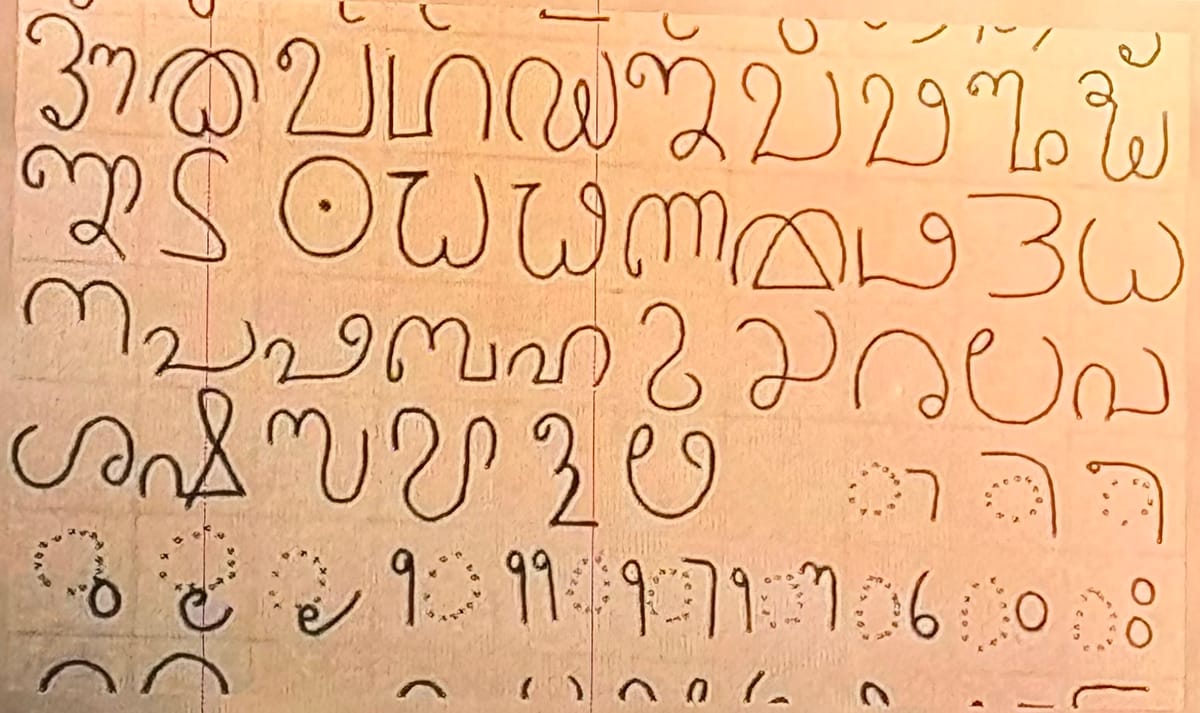Tullu Language in the Digital Age - Breaking Down Unicode Barriers

The Quest for Tullu Language Unicode
Breaking Down Barriers for a Digital Future
The Tullu language, spoken by a significant number of people in India, lacks representation in the Unicode Standard. This absence hinders the language's digital growth and online presence, making it essential to address the issue and work towards a solution.
Challenges Faced by the Tullu Language
The Tullu language faces significant challenges in the digital age due to its absence from the Unicode Standard. These challenges include:
- Limited digital representation: Without Unicode recognition, the Tullu language cannot be accurately represented in digital formats, making it difficult for speakers to use their native language online.
- Barriers to online communication: The lack of Unicode support hinders communication among Tullu speakers, restricting their ability to express themselves and connect with others in their native language.
- Restricted digital resources: The absence of Tullu language in Unicode limits the development of digital resources, such as fonts, keyboards, and language learning tools, further marginalizing the language.
Efforts to Achieve Unicode Recognition
Several initiatives are underway to achieve Unicode recognition for the Tullu language. These efforts include:
- Language documentation: Researchers and linguists are working to document the Tullu language, creating a comprehensive understanding of its script, grammar, and syntax.
- Unicode proposals: Proposals are being prepared to submit to the Unicode Consortium, outlining the case for Tullu language recognition and providing the necessary technical specifications.
- Community engagement: Tullu language speakers and stakeholders are being engaged and involved in the process, ensuring a collaborative effort towards achieving Unicode recognition.
Challenges in Developing Tullu Language Unicode
The process of creating a Unicode script for Tullu is complex and requires collaboration among linguists, developers, and community members. This collective effort is necessary to ensure that the script accurately represents the language and its unique characteristics.
Understanding the Language's Unique Characters
One of the primary challenges in developing a Unicode script for Tullu is understanding the language's unique characters, dialects, and usage patterns. Tullu has a distinct set of characters that are not found in other languages, and these characters must be accurately represented in the Unicode script.
Accurate Representation
Accurate representation of Tullu characters is crucial for several reasons. Firstly, it ensures that the language is represented consistently across different devices and platforms. Secondly, it enables Tullu speakers to communicate effectively online, without relying on workarounds or approximations. Finally, accurate representation helps preserve the language's cultural and linguistic heritage for future generations.
Collaboration and Community Involvement
Collaboration among linguists, developers, and community members is essential for developing a Unicode script that accurately represents Tullu. Community involvement ensures that the script meets the needs of Tullu speakers and reflects their language usage patterns. This collaborative approach also helps build trust and ownership among community members, which is critical for the script's adoption and success.
Efforts to Promote Tullu Language Digitization
The Tullu language, spoken by a significant population in India, has long been awaiting its rightful place in the digital realm. Fortunately, dedicated language enthusiasts, researchers, and organizations have taken the initiative to promote Tullu language digitization, breaking down Unicode barriers and paving the way for its online presence.
Initiatives by Language Enthusiasts, Researchers, and Organizations
A collective effort is underway to develop a Unicode script for Tullu, enabling its use in digital platforms. This endeavor involves:
- Documenting the language: A thorough documentation of Tullu's grammar, syntax, and vocabulary is being conducted to create a comprehensive understanding of the language.
- Creating fonts: Custom fonts are being designed to accurately represent Tullu characters, ensuring their digital representation is authentic and readable.
- Testing digital compatibility: The newly created fonts and script are being tested on various digital platforms to ensure seamless compatibility and usability.
Breaking Down Unicode Barriers
The development of a Unicode script for Tullu marks a significant milestone in the language's journey to digitization. This breakthrough will enable:
- Wider online representation: Tullu language content can now be created and shared online, reaching a broader audience and promoting its usage.
- Easier communication: The digital presence of Tullu will facilitate communication among speakers, researchers, and enthusiasts, fostering a sense of community and collaboration.
- Preservation and education: The online availability of Tullu language resources will aid in its preservation and education, ensuring its continuation for future generations.
The Future of Tullu Language in the Digital Realm
The Tullu language, spoken by a significant population in India, is on the cusp of a digital revolution. The advent of technology has brought about unprecedented opportunities for language preservation, education, and cultural exchange. However, the lack of a designated Unicode script has hindered the language's growth in the digital age.
Breaking Down Barriers with Unicode
A designated Unicode script would be a game-changer for Tullu language users, enabling them to communicate effectively online. This development would facilitate the creation of digital content, such as:
- Digital dictionaries and lexicons
- Language learning platforms
- Online forums and social media platforms
- Digitization of literary works and cultural texts
Preservation, Education, and Cultural Exchange
The introduction of a Unicode script would also facilitate language preservation, education, and cultural exchange. It would:
- Enable the creation of digital language learning resources
- Facilitate the documentation of Tullu language and culture
- Allow for online cultural exchange programs and collaborations
- Provide a platform for Tullu language speakers to connect globally
In conclusion, a designated Unicode script for the Tullu language is crucial for its growth and development in the digital age. It would unlock a plethora of opportunities for language preservation, education, and cultural exchange, ensuring the language's survival and prosperity for generations to come.










Comments ()